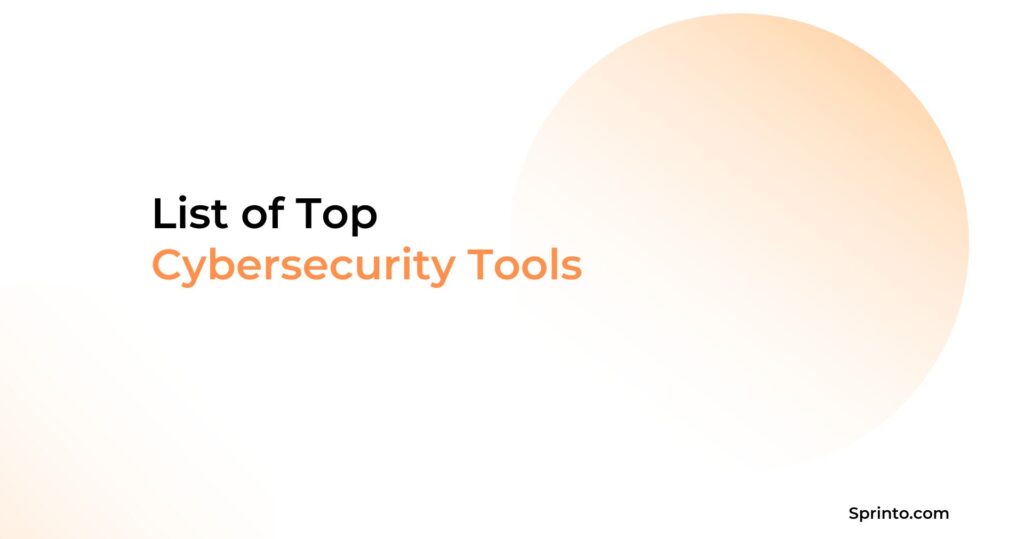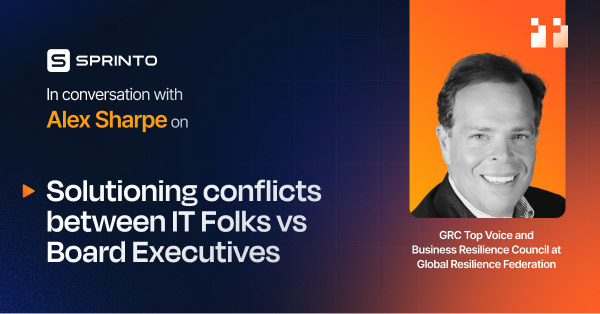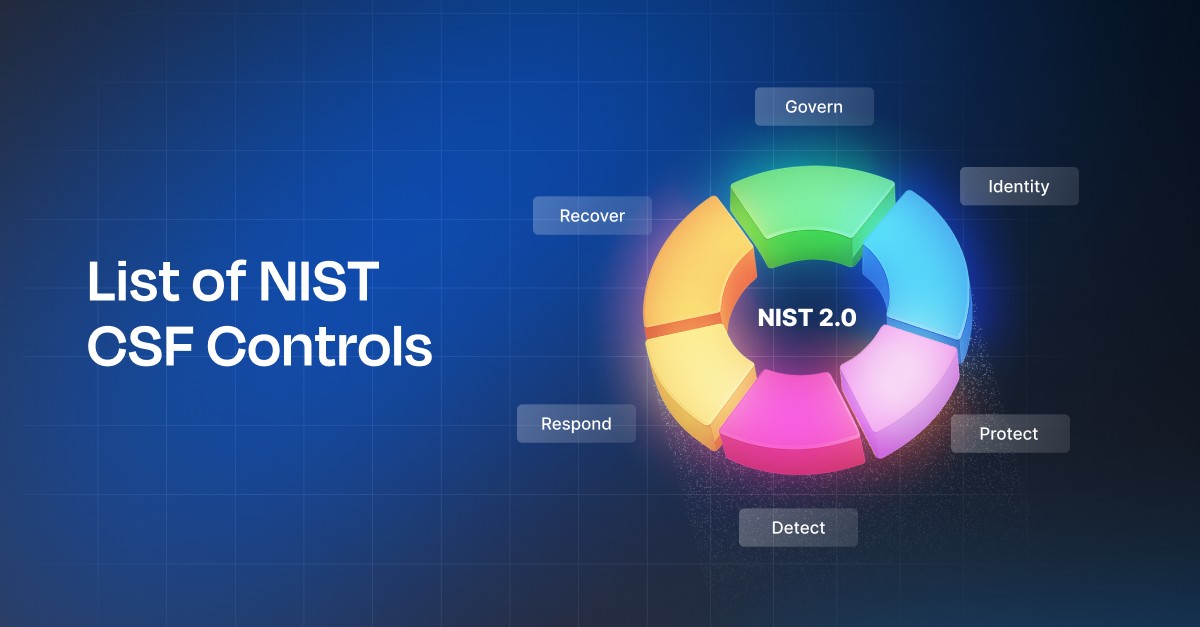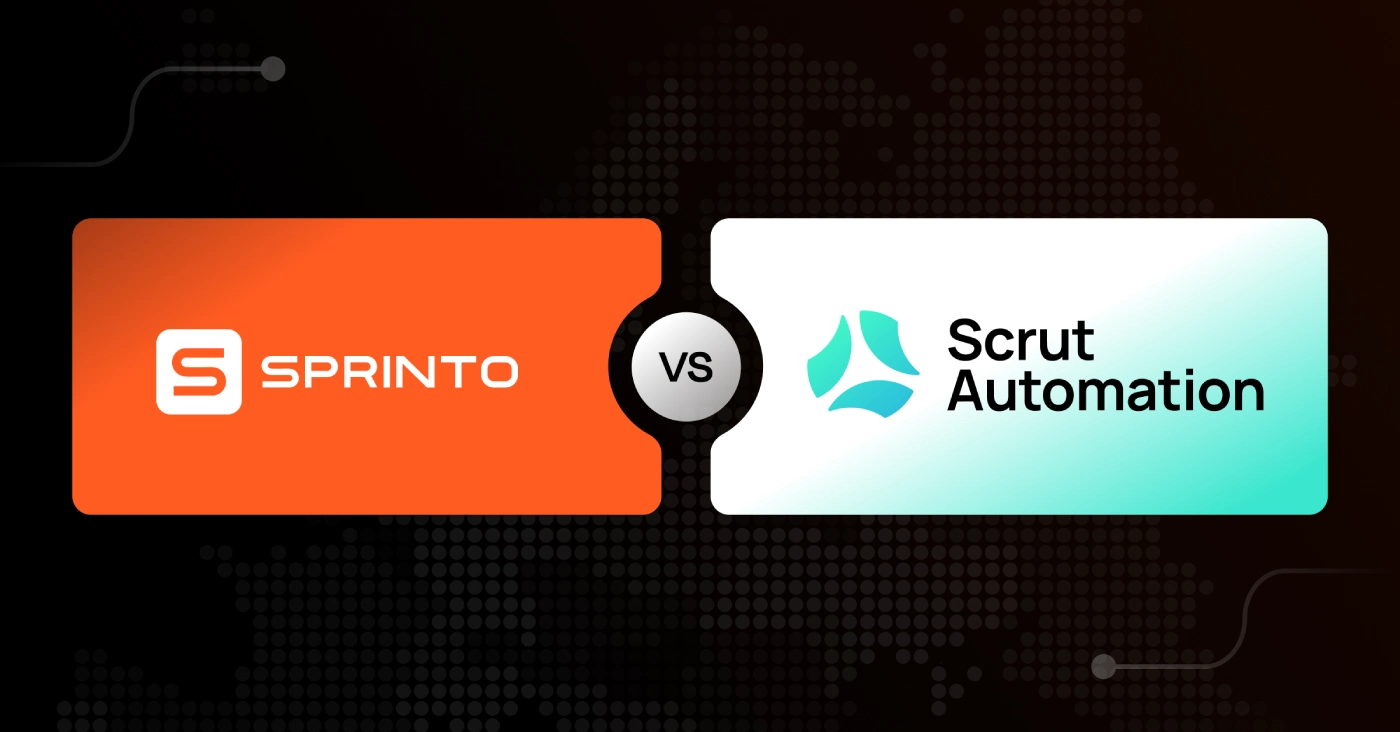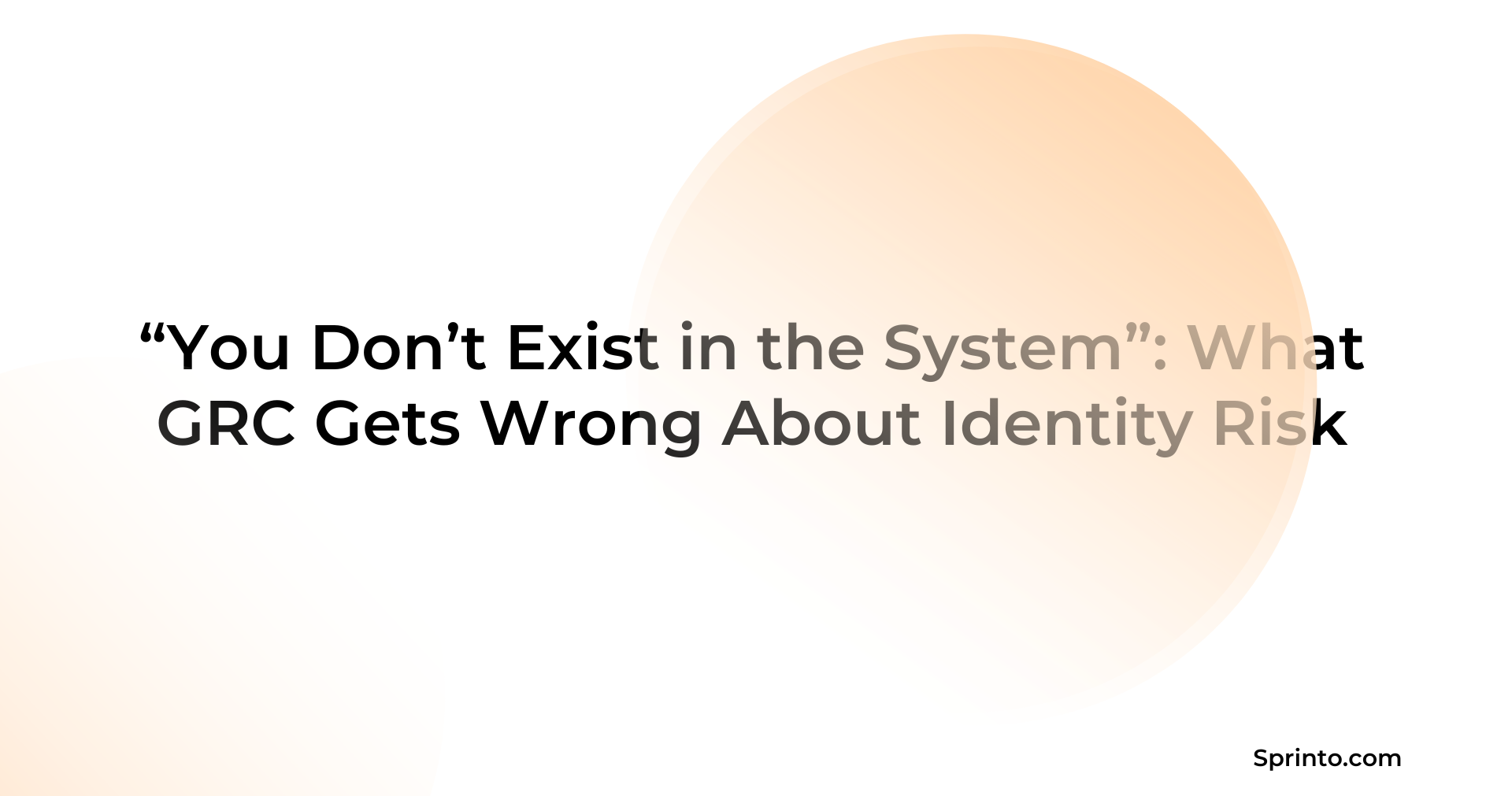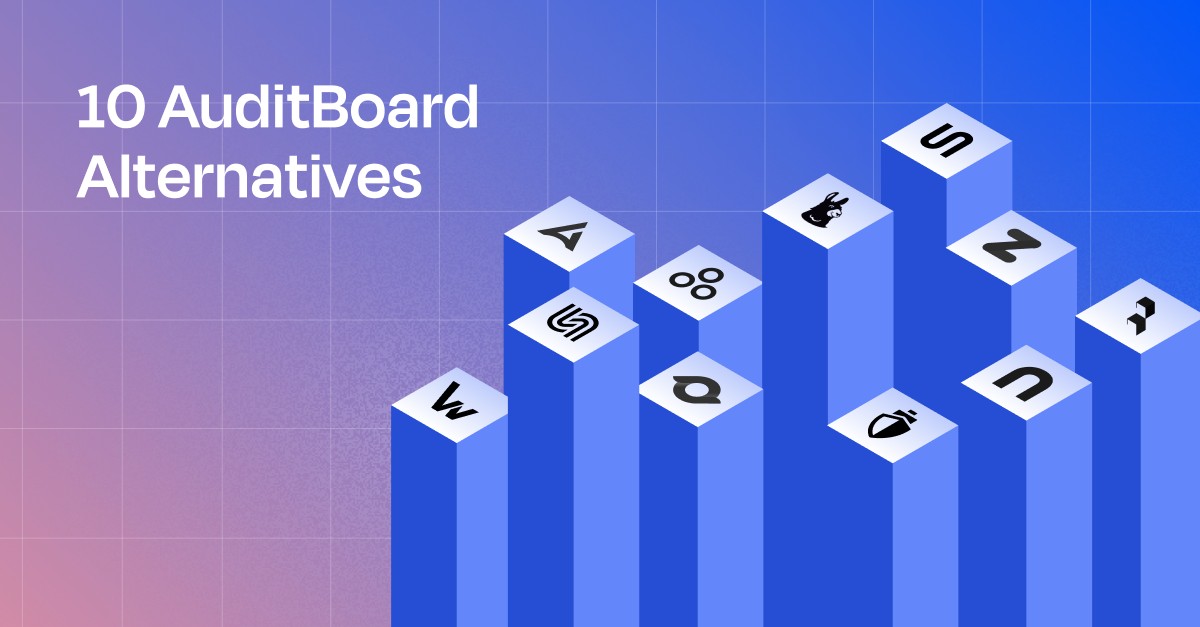Understanding CMMC Compliance 2.0: What You Need to Know
Meeba Gracy
Jan 27, 2025
Whether businesses are prepared or not, getting ready for CMMC 2.0 became the norm since the US DoD announced that organizations must be CMMC 2.0 compliant by the end of 2026 at the latest.
This mandate affects MSPs, MSSPs, data centers, and any organization or supplier that does business with the DoD or organizations procuring services.
So, what’s changed? Although counting down to 2026 might be days away, time is running out. While compliance is not an overnight ordeal, commencing early could be the beginning of the differentiating that is, in most cases, unique to the competition.
Now, let us analyze what is happening and what you can do to take action today.
TL;DR
| The shift to CMMC 2.0 represents a significant evolution in cybersecurity standards for DoD contractors. |
| The 2026 compliance deadline may seem distant, but the complexity and rigor of achieving certification make starting early crucial. |
| CMMC 2.0 focuses on deeper protections, such as continuous monitoring, threat intelligence sharing, and robust incident response strategies. |
CMMC 2.0: What is it?
The Cybersecurity Maturity Model Certification (CMMC) 2.0 is the revamped version of the DoD’s cybersecurity framework, focusing on simplifying the journey to compliance.
Instead of the original five levels, it now features three, each mapped directly to widely recognized NIST cybersecurity standards. This update makes the framework easier to understand and more aligned with existing industry best practices.
While many organizations still need third-party assessments, many can self-assess to prove compliance. This shift could mean lower costs and fewer hurdles for some businesses, making CMMC 2.0 feel more manageable.
But what does this mean for you and your organization? Let’s dig deeper.
The 3 Levels of CMMC 2.0
CMMC 2.0 divides the organizations’ compliance into three straightforward levels based on the nature of the data they process and the necessary level of protection. From basic cyber hygiene to combating sophisticated threats, here’s a quick breakdown:
Level 1: Foundational
It is mandatory that organizations adhere to 15 basic security requirements presented on FAR 52.204-21 These requirements are centered on fundamental cybersecurity hygiene, on which it is vital to protect FCI.
Level 2: Advanced
CMMC 2.0’s second level is entirely focused on protecting the Controlled Unclassified Information (CUI). To achieve this level, DoD contractors must adopt 110 security controls as enshrined in NIST SP 800-171 Rev. 2.
Level 3: Expert
CMMC Level 3 increases the cybersecurity even further, for contractors to achieve 24 more sophisticated controls from NIST SP 800-172, and adheres to every obligation laid down by NIST SP 800-171.
This level is intended for only a few DoD contractors dealing with specified high value CUI that requires the highest level of protection from aggressive threats.
How do these adjustments signal a deliberate move toward simplicity and alignment with existing standards?
Let’s take a closer look at how CMMC 2.0 (“V2”) stacks up against its predecessor, CMMC 1.0 (“V1”):
- V2 streamlines the structure by eliminating Levels 2 and 4, which served as transitional stages in the V1 model. Level 2 in V2 maps closely to the former Level 3, while Level 3 aligns with the previous Level 5.
- V1 featured 17 cyber domains, but V2 pares this down to 14. Why the change? V2 focuses on refining and consolidating requirements without losing critical protections.
- In V1, processes played a significant role, serving as an extra layer of accountability. V2 shifts away from making them a formal requirement, favoring a simpler, practice-focused approach.
How does the new CMMC rule impact the future of cybersecurity
The introduction of CMMC 2.0 represents a big change in cybersecurity management, especially for government contractors.
CMMC 2.0 should promote a safer and more resilient cyberspace as soon as the public and private sectors have embraced the model. But what does this mean for contractors, and are they ready for it?
As part of the new structure, meeting the requirements of NIST SP 800-171 becomes mandatory. Companies must follow CMMC 2.0 to manage CUI, and those who don’t will be locked out of government contracts.
However, achieving certification is not easy. It requires time, money, and other resources and has provisions for self-assessment or third-party certification.
For more information, subscribe to Sprinto’s security newsletter, which provides updates and tips on cybersecurity and compliance.
Accountability Tightened, Flexibility Introduced
It is important to note that CMMC 2.0 includes an annual checkmark to maintain organizations’ cybersecurity responsibility all year. Creating Plans of Action and Milestones (POA & MS) creates space. Conditional certification is allowed if businesses have up to 180 days to deal with certain deficiencies.
As Robert Metzger, cybersecurity practice chair at Rogers Joseph O’Donnell, aptly put it: “If anyone in the industry was hoping that the pressure would be relieved, I don’t think it was.”
Despite this flexibility, the pressure remains high. Many contractors need to work on meeting these requirements within the given timeframe.
Get a wingman for your CMMC 2.0 audit
Why is CMMC 2.0 not just a checkbox anymore?
Well, it’s because the stakes have changed. CMMC 2.0 shifts the focus from just checking off a list of requirements to proving that your security measures work. It’s no longer enough to say, “We’ve got this policy in place.” Now, you need to show that it’s implemented, effective, and actively protecting sensitive data.
When the SolarWinds hack made headlines, it was a wake-up call. Hackers infiltrated systems across multiple government agencies, quietly lurking in software trusted by thousands.
Then came the Colonial Pipeline ransomware attack, which shut down fuel distribution on the East Coast and caused widespread chaos. These incidents revealed a chilling truth: our cybersecurity defenses were woefully inadequate, particularly in the public and defense sectors.
Third-party assessors (for Level 2) will examine your processes and test whether your controls hold up in the real world. This is purely based on demonstrating tangible security outcomes.
And while the framework has been streamlined from five levels to three, don’t think for a second that it’s easier.
The requirements have been laser-focused on what truly matters: protecting CUI.
So, ask yourself, can you confidently show that your security measures are working, or is there work to be done? That’s the CMMC 2.0 difference.
Alert!
Are you curious about the latest developments in regulatory compliance like CMMC? Click here to explore our newsletter, where you’ll discover handpicked GRC content offering practical insights for your everyday needs.
How Does Sprinto Fit Into the CMMC Picture?
Obtaining CMMC 2.0 compliance is a high-stakes achievement. Every move, monitoring, documenting, and fixing requires precision.
The stakes are even higher for contractors handling sensitive DoD data. So, how do you stay compliant without losing your mind over the details? That’s where Sprinto steps in.
Sprinto supports 15 industry-standard frameworks, including ISO 27001, SOC 2, GDPR, PCI, and HIPAA, making it a robust choice for organizations seeking comprehensive compliance solutions.
But Sprinto doesn’t stop there. Recognizing the growing demands of mid-market companies and niche frameworks like CMMC, Sprinto is actively innovating to meet these needs.
One exciting development is the introduction of the ‘Bring Your Own Framework’ functionality. This feature will allow users to integrate custom frameworks like CMMC directly into Sprinto’s compliance hub.
Also, Sprinto is refining its framework mapping to offer more granular controls and enhanced usability, ensuring organizations can align their processes seamlessly with diverse compliance requirements.
Features that make Sprinto a top contender to get you CMMC compliant:
- Always-On Compliance Monitoring. Continuously tracks security controls to pinpoint anomalies in near real-time.
- Proactive Issue Remediation. Flags deviations and triggers corrective actions automatically, helping you stay ahead.
- Automated Evidence Collection. Gathers audit-ready evidence effortlessly, saving you from manual drudgery.
- Pre-Built Policy Templates and Training Modules. Ready-to-use resources aligned with frameworks like SOC 2, ISO 27001, and now, CMMC.
- Collaborative Dashboard for Audit. Streamlines evidence review and keeps your team prepared for certification assessments.
- White-Glove Support. Expert guidance from implementation to certification, ensuring you never feel lost.
With Sprinto, compliance becomes a seamless part of your daily operations, not an afterthought. Instead of scrambling to patch gaps or rushing to meet audit deadlines, you’re empowered to build a proactive, always-compliant system. That’s the kind of resilience CMMC 2.0 demands, and Sprinto delivers.
Automate your way to CMMC success


Use Sprinto to centralize security compliance management – so nothing
gets in the way of your moving up and winning big.








